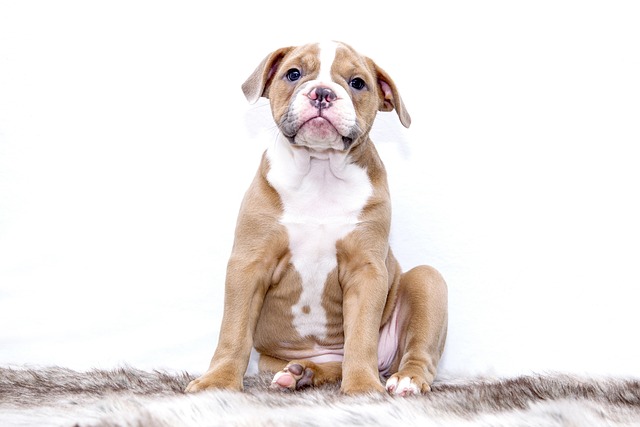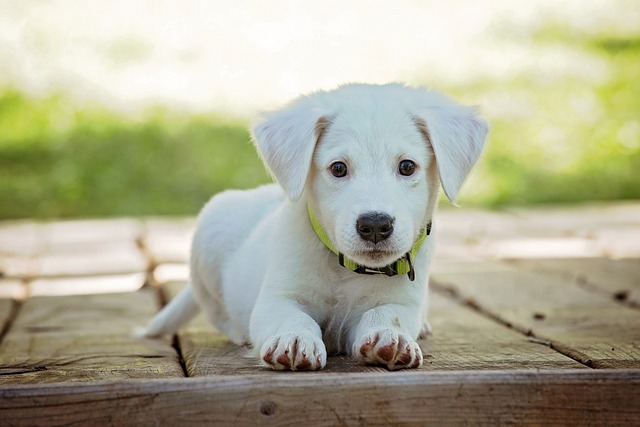
How do you prevent heart disease in dogs?
Watching your dog bound around the yard feels like pure joy, but the shadow of heart disease can dampen that happiness.
Keeping your dog properly hydrated is one of the simplest yet most crucial aspects of their overall health. Water supports nearly every vital function in their body, from regulating temperature to aiding digestion and lubricating joints. However, unlike humans who can express thirst verbally, dogs rely on their behavior and physical cues to indicate whether they're drinking enough water. For new dog owners especially, it’s easy to miss these subtle signs or misunderstand them entirely. Let’s dive into how you can confidently tell if your dog is staying hydrated and what you should watch for.
One common misconception is that a dry nose or visible thirst automatically signals dehydration. While these may sometimes correlate with a lack of water, they aren't definitive indicators. Dogs can have dry noses for a variety of reasons, including environmental factors like dry air or sleeping positions. Similarly, just because your dog isn’t visibly drinking water doesn’t mean they’re dehydrated. Some dogs sip water sporadically throughout the day, while others may drink in larger quantities less frequently. Relying solely on these surface-level observations can lead to unnecessary worry or, worse, overlooked dehydration risks.
Instead, pay attention to subtle behavioral signs of hydration. A well-hydrated dog typically has consistent energy levels and engages in their usual activities like playing, walking, or exploring without signs of lethargy. Regular urination is another strong indicator; if your dog is urinating several times a day and the urine is pale yellow, it’s a good sign they’re drinking enough water. Additionally, their coat condition can offer clues—hydrated dogs often have shiny, healthy-looking fur, while dehydration might lead to a dull or flaky coat over time.
Beyond behavior, physiological indicators often provide a clearer picture of hydration status. One simple test is to check the moisture of your dog’s gums. Well-hydrated gums should feel moist and slick when touched, whereas dry or tacky gums can suggest dehydration. Skin elasticity is another reliable test. Gently pinch the skin at the back of their neck or between their shoulder blades; in a hydrated dog, the skin will snap back quickly into place. Slower recoil may indicate dehydration. Finally, observe their eyes—bright, clear eyes are typical of a hydrated dog, while sunken or dull eyes might be a warning sign.
Monitoring your dog’s hydration doesn’t have to be complicated, but being proactive is essential. Make it a daily habit to observe their energy levels, urination patterns, and physical cues like gum moisture and skin elasticity. If you suspect dehydration, offer fresh water immediately and watch for improvement. Consider using a clean, shallow bowl to make drinking more accessible, especially for smaller breeds or dogs with flat faces like pugs. For dogs that are reluctant drinkers, try adding a splash of low-sodium chicken broth to their water to make it more enticing. If symptoms like lethargy, dry gums, or dull eyes persist despite your efforts, it’s time to consult your veterinarian—they can identify underlying causes and recommend tailored solutions.
Hydration is a cornerstone of your dog’s health, and understanding the subtle signs can empower you to keep them happy and thriving. By staying observant and informed, you’ll not only catch potential issues early but also deepen your bond with your furry friend through attentive care. Remember, hydration isn’t just about water bowls—it’s about actively engaging with your dog’s well-being every day.

Watching your dog bound around the yard feels like pure joy, but the shadow of heart disease can dampen that happiness.

Your husky Atlas bursts through the door after a winter hike in Vermont’s woods, his silver coat caked in frozen mud and road salt.

You’re enjoying a cozy evening, munching on a chocolate bar, when suddenly your curious Labrador Retriever swipes the remaining piece right off the coffee table.

You walk into your kitchen and catch your curious labrador, Buddy, guiltily licking crumbs off the floor where your holiday chocolate bar vanished moments ago.

Imagine coming home from a long day to find your usually lively Dalmatian lying listless on the floor, tongue lolling out and breathing heavy.

Seeing your dog’s stomach in knots and watching them vomit is no fun—trust me, every pet parent’s been there. Before reaching for anything, though, it’s crucial to remember: never self-medicate your furry friend.